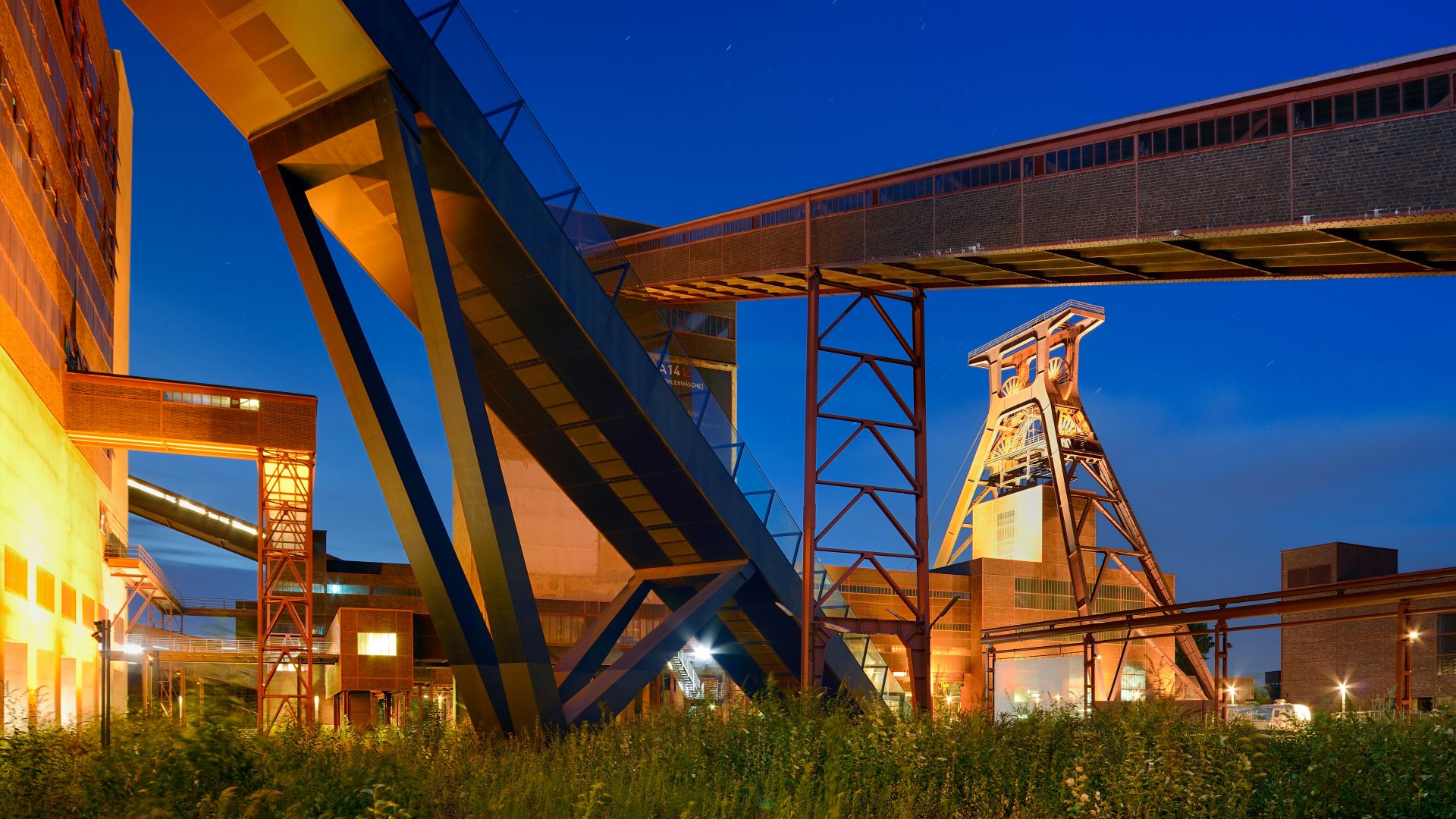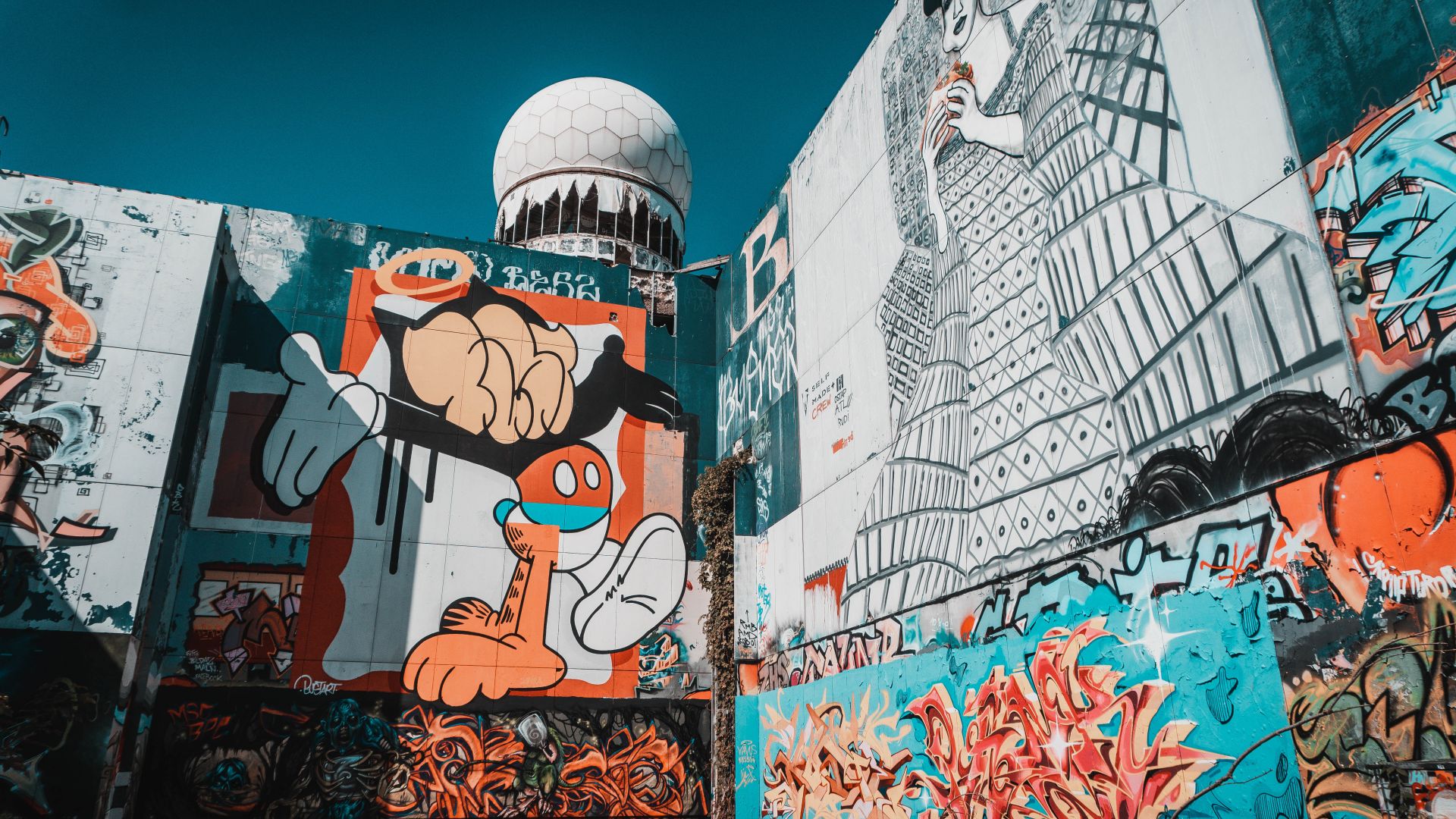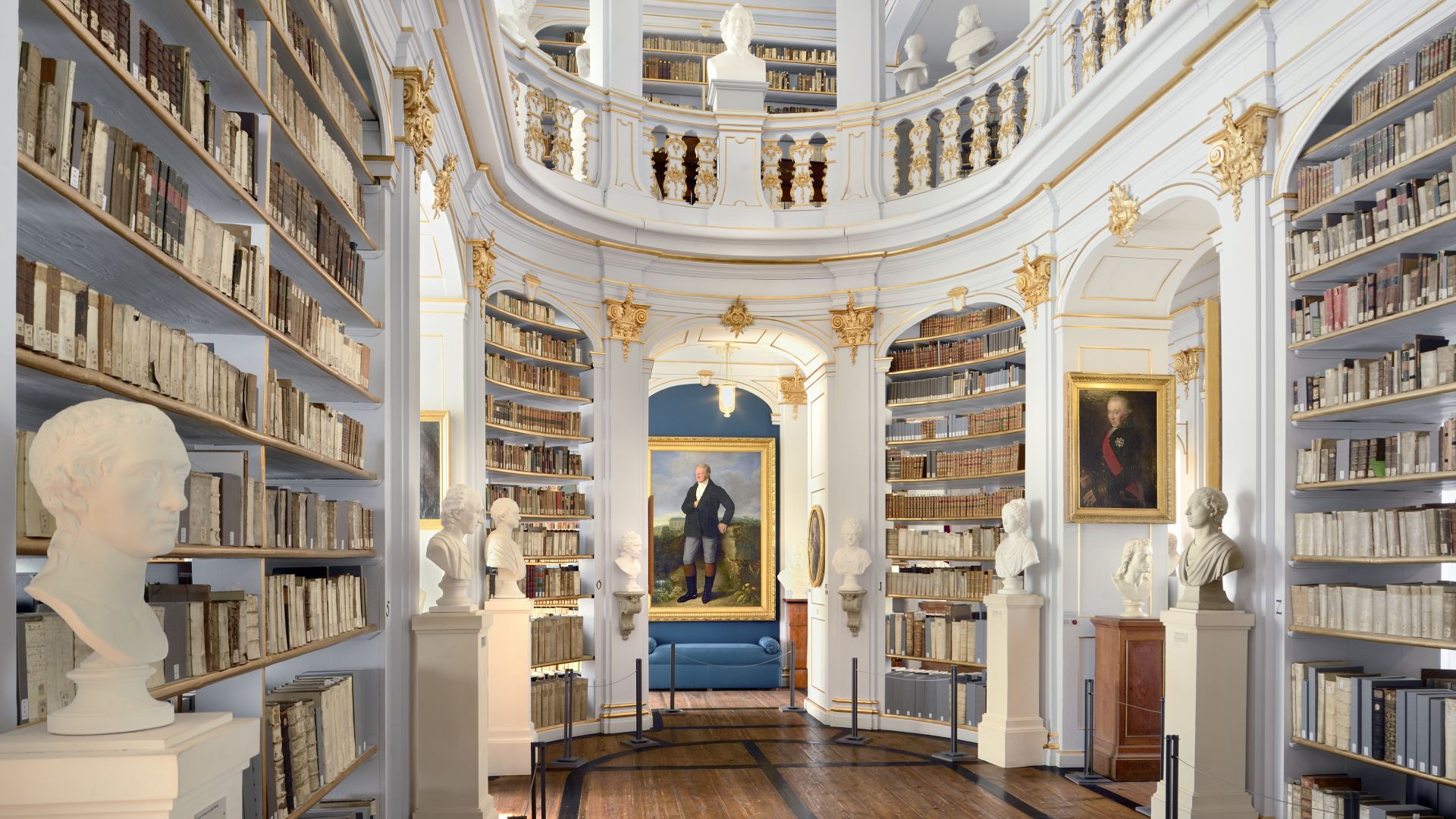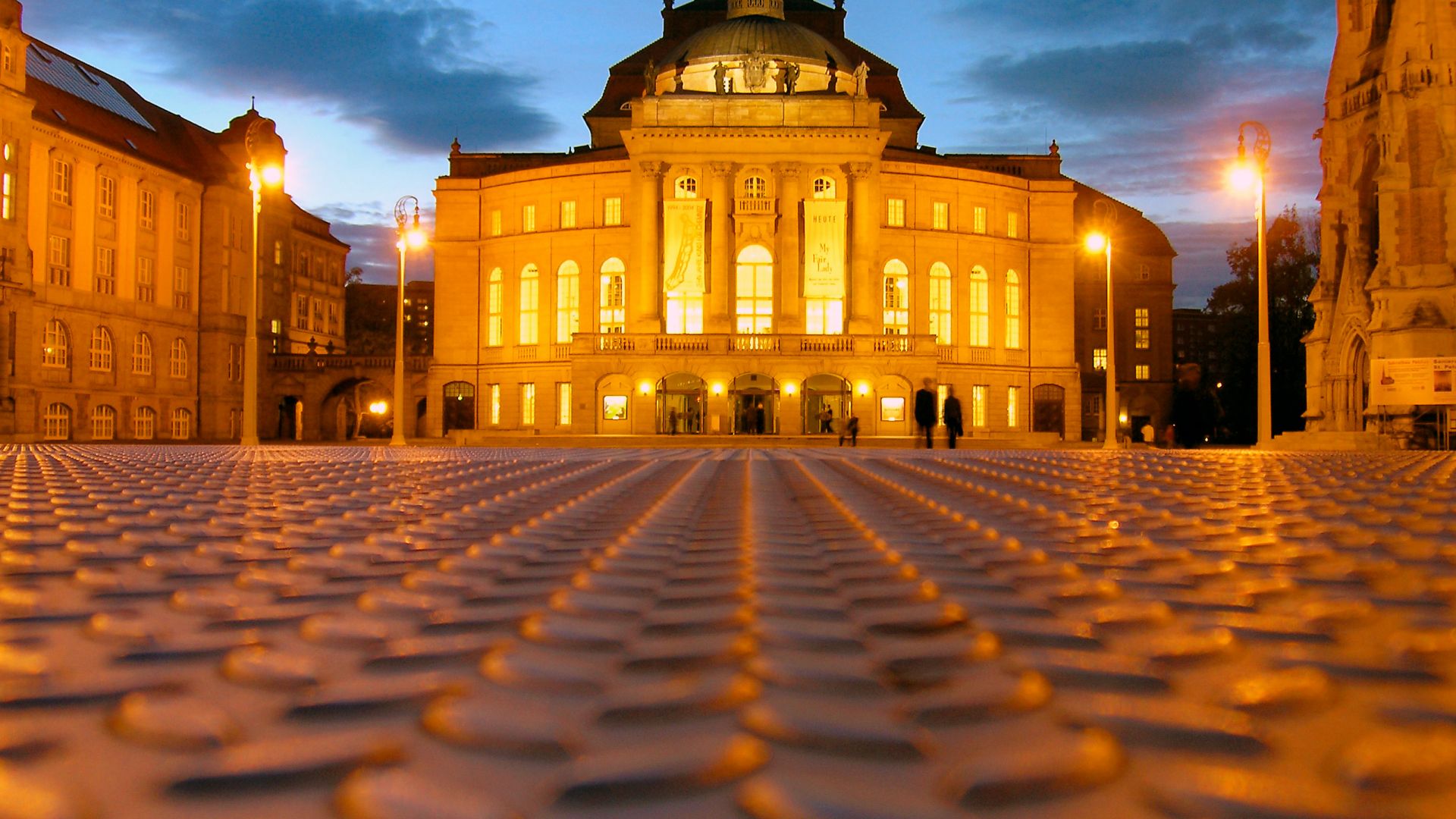Cities & Culture
Capitals of Culture: a grand entrance on the European stage
Since 1985, at least one, often two or even more EU cities have been in the cultural spotlight for a year – usually with top-notch exhibitions and various kinds of art projects. Some long-lasting achievements, however, mean these cities remain particularly attractive even after the event.
Essen & the Ruhr Area: culture follows coal
 Essen: Zeche Zollverein, UNESCO World Heritage Site, double trestle extraction tower, industrial culture route
©DZT (Francesco Carovillano)
Essen: Zeche Zollverein, UNESCO World Heritage Site, double trestle extraction tower, industrial culture route
©DZT (Francesco Carovillano)
Miners, steel and lots of coal - that’s what the Ruhr used to stand for. Today, the mines are closed, the industrial sites transformed into leisure arenas, residential spaces, or cultural areas. This transformation, supported by the motto 'Change through Culture – Culture through Change,' came into the European spotlight with the European Capital of Culture year in 2010. This was also significant because for the first time, an entire region held the title, specifically a coalition of 52 cities and municipalities that together form the largest urban area in Germany. Nevertheless, one city was at the forefront: Essen. Several new openings back then continue to bring joy in the long term, foremost among them the David Chipperfield-designed modern extension of the Folkwang Museum and the Ruhr Museum in the Zollverein Coal Mine Industrial Complex, which serves as the memory of the Ruhr region. In addition, some of the creative districts that were particularly supported back then, where urban development was driven by culture, have made their way into the present. Since then, galleries, studios and pubs in Bochum’s Weststadt district and in Dortmund around Rheinische Strasse and Gelsenkirchen’s Ückendorf, have also provided a creative vibe.
Berlin: capital of art and culture
 Berlin: Street art; Teufelsberg
©Stadt Donaueschingen (Michal Maj)
Berlin: Street art; Teufelsberg
©Stadt Donaueschingen (Michal Maj)
Berlinattracts creatives, artists, culture lovers and theatre fans more than almost any other city. The numbers speak for themselves: this metropolis on the Spree is home to more than 170 museums, collections and memorial sites (commemorating Jewish culture in particular, as well as the Nazi and GDR periods), 400 galleries, four opera houses and seven major symphony orchestras - plus around 150 theatres (including the Friedrichstadt-Palast, the largest theatre stage in the world). Not to mention the many clubs and underground venues. From this point of view, many rightly regard Berlin as a permanent European City of Culture. In 1988, the city officially held this title - albeit at that time 'only' the isolated western half. This prompted a boom: several theatres, such as the Hebbel Theatre, nowadays known as “HAU”, received fundamental support. Additionally, the European Film Award, originally named Felix, was established – a sensation at that time. As for Europe: Who would have thought that the cultural city motto 'Berlin the Center of Europe' would be fulfilled so quickly, with the fall of the Berlin Wall in 1989?
Weimar: not just classicism
 Weimar: Rococo Room in the Anna Amalia Library
©DZT (Francesco Carovillano)
Weimar: Rococo Room in the Anna Amalia Library
©DZT (Francesco Carovillano)
Referring to Weimar, Goethe judged his home for decades, asking: “Where else can you find so much that is good in a place that is so small?” This assessment still rings true some 200 years later. It is home to eleven UNESCO World Heritage sites, all not far from each other - “Classical Weimar”. These include the legendary Duchess Anna Amalia Library, as well as the City Palace and the residences of Goethe and Schiller. This density of culture alone, which recalls Weimar's significance as a pan-European intellectual and cultural center in the 18th and 19th centuries, would have been reason enough for a nomination as the European Capital of Culture in 1999. But this Thuringian city on the Ilm River also presented further reasons: firstly, with a promising development following the then-recent end of the GDR era. In addition, Walter Gropius founded the world famous Bauhaus movement here, and the “Haus am Horn”, also a World Heritage Site, and the new Bauhaus Museum Weimar, tells its story. Finally, the House of the Weimar Republic sheds light on another audacious project of the early 20th century: the first German democracy.
Chemnitz: Germany’s next top city
 Chemnitz: Opera at dusk
©Chemnitzer Wirtschaftsförderungs- und Entwicklungsgesellschaft mbH (CWE) (Wolfgang Thieme)
Chemnitz: Opera at dusk
©Chemnitzer Wirtschaftsförderungs- und Entwicklungsgesellschaft mbH (CWE) (Wolfgang Thieme)
In 2025, it will once again be Germany’s turn to provide the European Capital of Culture. The chosen city? Chemnitz. Firstly, there are few cities where industrialization and the Gründerzeit, Art Nouveau and Bauhaus, real socialism (as seen in the transformation of the former Karl-Marx-Stadt into a model city of socialism) and postmodernism have left such diverse traces, resulting in a wealth of stories to tell. Secondly, the former 'Saxon Manchester' likely prevailed due to the intriguing concept of 'C the Unseen'. Even if the final program is still being diligently crafted, some fundamental ideas are quite concrete. For instance, the Purple Path, an art trail that is intended to span the entire cultural region in the anniversary year, highlighting and inspiring art in public spaces. Additionally, the aim is to connect creative minds through 'the culture of making'. The clever twist: These networking spaces are planned to be established in around 3,000 garages. Although the “Avenue of Apple Trees” will definitely be outdoors. Whether they will also pass by the Karl-Marx Monument or the moated Castle of Klaffenbach remains to be seen.